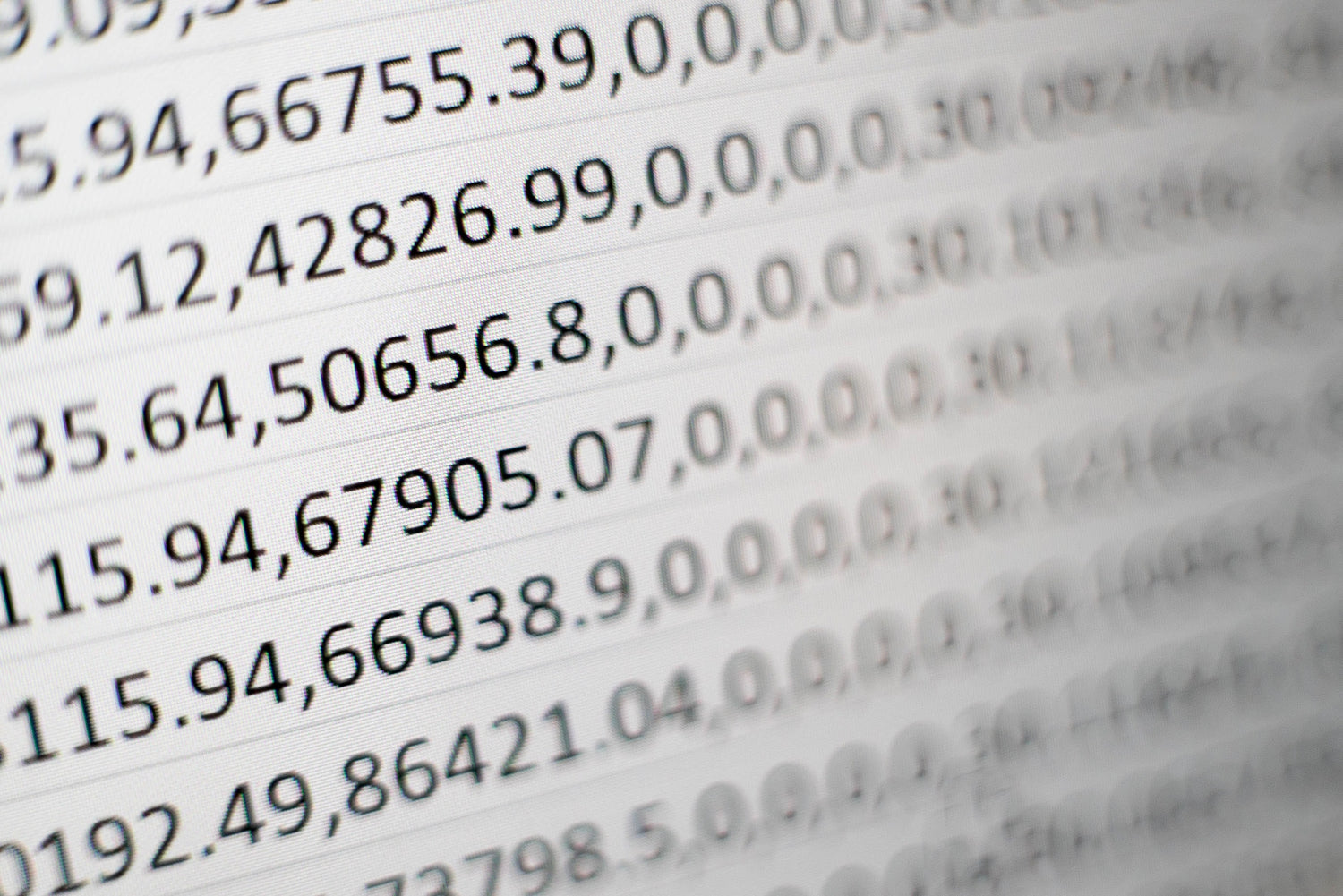In order to get control of your finances, you are going to have to understand how much you can spend in a calendar month without going into debt. If you don’t know this breakeven number you are very likely going to be running up unexpected debt or become increasingly frustrated with your ability to save and invest. In this post we will explore not only how to calculate this number but also some important financial figures to be able to benchmark if you don’t have any historical reference point (for example, you are just graduating).
Let’s first consider breakeven and savings in simplest terms:
Monthly Savings = Monthly Income - Monthly Expenses
Or more succinctly, Monthly Income >= Monthly Expenses
Why monthly? The reason we are using monthly here is two fold. First, because income is generally delivered on a bi-weekly basis which can be easily translated into a month. Second, spend is generally allocated on a monthly basis with credit card bills being due on this time interval. Effectively knowing your monthly figures will provide a manageable amount of time to power your analysis and you can use this as a building block to ramp up a full year. If you get the monthly budget right you will very likely get your annual budget right.
A quick note on monthly income - In most calculations, strictly adhere to using base salary cash compensation. Do not factor in stock, bonus, or any other non-cash income streams. While these certainly have value, do not factor them in at this point. Generally speaking you never want to be selling assets to cover monthly costs and you certainly should not be relying on bonus figures to fund your lifestyle. Any unexpected or non-cash compensation should be viewed as a bonus and not considered at all when calculating your monthly break even.
How do you retrieve your monthly income? If you have a full time job locating your monthly income is relatively easy. Assuming you have linked your income to your bank account using an auto deposit feature (if not you absolutely should), look at your bank statement and locate the figures (likely two if you are paid biweekly) that occur within a single calendar month. These represent your after tax income, sometimes these figures are different and can vary a little bit month to month depending on the number of days in the month. If you happen to have another source of consistent income (that occurs with at least monthly regularity) feel free to include this figure in the sum of your direct deposit after tax figures. Together these represent your monthly income. To serve as an example I will use the following figures to derive a fake monthly income but one that corresponds to roughly $100K in gross income (another word for your salary). Use this calculator if you would like a number more specific to your situation. Just take the Take-Home Pay figure and divide by 12 to find your monthly income after taxes.
Using a Salary of $100,000, and filing as a single you get the following Take Home Pay figures. (We will save the income tax details for another blog as these can vary greatly year to year and state to state).
These figures yield a monthly income of $5,938 (or $71,257/12). This becomes your monthly income in the following equation.
Monthly Savings = Monthly Income - Monthly Expenses
How to understand your expenses? As mentioned in a previous blog, it is incredibly important to consolidate your expenses to as few credit cards and bank accounts as you can. This makes tracking your expenses significantly easier and with simplicity comes greater transparency. With greater transparency comes more control and you are more likely to pick up rogue recurring expenses or other expensive mistakes in spend. For most individuals monthly expenses only come from a few sources:
- Housing (Rent or Loan payments)
- Utilities
- Phone Bill
- Discretionary Spend (Credit Card Bill)
- Car Payments & Car Expenses (Optional)
To calculate your total expenses simply sum up these categories and any other monthly recurring spend that may not be listed here. For purposes of elaborating on expenses I will provide my own spend.
Housing - $2,300
Utilities - $58
Phone Bill - $100
Credit Card Bill - $2,200 (Take the average of the last 6 months or however many statements you have)
Car Payments - $0
All of these expenditures can either be found in your checking account or on your credit card statements. In this case, always use your bank account and credit card statements as the source of truth, as initial subscription costs can go up, unknown charges can present themselves, and expected spend can change over time.
Monthly Income >= Monthly Costs if you are going to save money.
$5,938 >= Housing + Utilities + Phone Bill + Credit Card Bill + Car Expenses
$5,938 >= $2,300 + $58 + $100 + $2,200 + $0
$5,938 >= $4,658
& Monthly Savings $5,938-$4,658 = $1280
This means that I am ok and not in danger of going bankrupt. Plus I am saving $1,280 a month on average. One additional, metric that financial advisors use is savings rate, or how much of your income you are putting away. Let’s calculate it:
Savings Rate = Savings/Income
Savings Rate = $1,280/$5,938
Savings Rate = 22%
By most measures, this is a sufficient level of savings as proposed by a number of online websites. Although, in my opinion this figure is relatively low and people can benefit from much higher rates of savings and should engage in higher rates of savings earlier in their career. We won’t cover this area in this blog but subsequent blogs will show you how to maximize your savings rate and ensure that you are able to hit your financial goals much more quickly.
One of the challenges that this calculation can help solve is what is the maximum I can spend on my credit card bill on a month to month basis. This obviously is a non-fixed figure unlike a car loan or rent etc. and can vary greatly on a month to month basis if you are not paying attention to your spend or unexpected expenses come up. In order to understand this figure and avoid the possibility of accumulating debt , let’s determine the upper bound on your credit card bill.
Average Monthly Credit Card Bill = $2200
Monthly Savings = $1280
Upper Bound on Credit Card Bill Spend= Average Monthly Credit Card Bill + Monthly Expected Savings
Upper Bound on Credit Card Bill Spend = $2200 + $1280 = $3480
This is helpful because you can determine how much wiggle room you have month to month on your credit card bill. In this scenario, I could spend $1280 more than I usually would without causing any financial hardship, although I would be foregoing that savings. This logic can be applied to gifts for others or yourself, or any one off purchase that you make. I use this specifically to think about spend on dinners out or clothing purchases or any other discretionary spend.
With these two numbers you can really understand where you stand with your expenses today, as well as your upper bound on monthly spend. In its current form, this is exceedingly basic and in future blogs we will elaborate on this topic, digging deeper into ways to drive down your costs or project expenses if you don’t have an idea of how much things cost.





Leave a comment
All comments are moderated before being published.
This site is protected by hCaptcha and the hCaptcha Privacy Policy and Terms of Service apply.